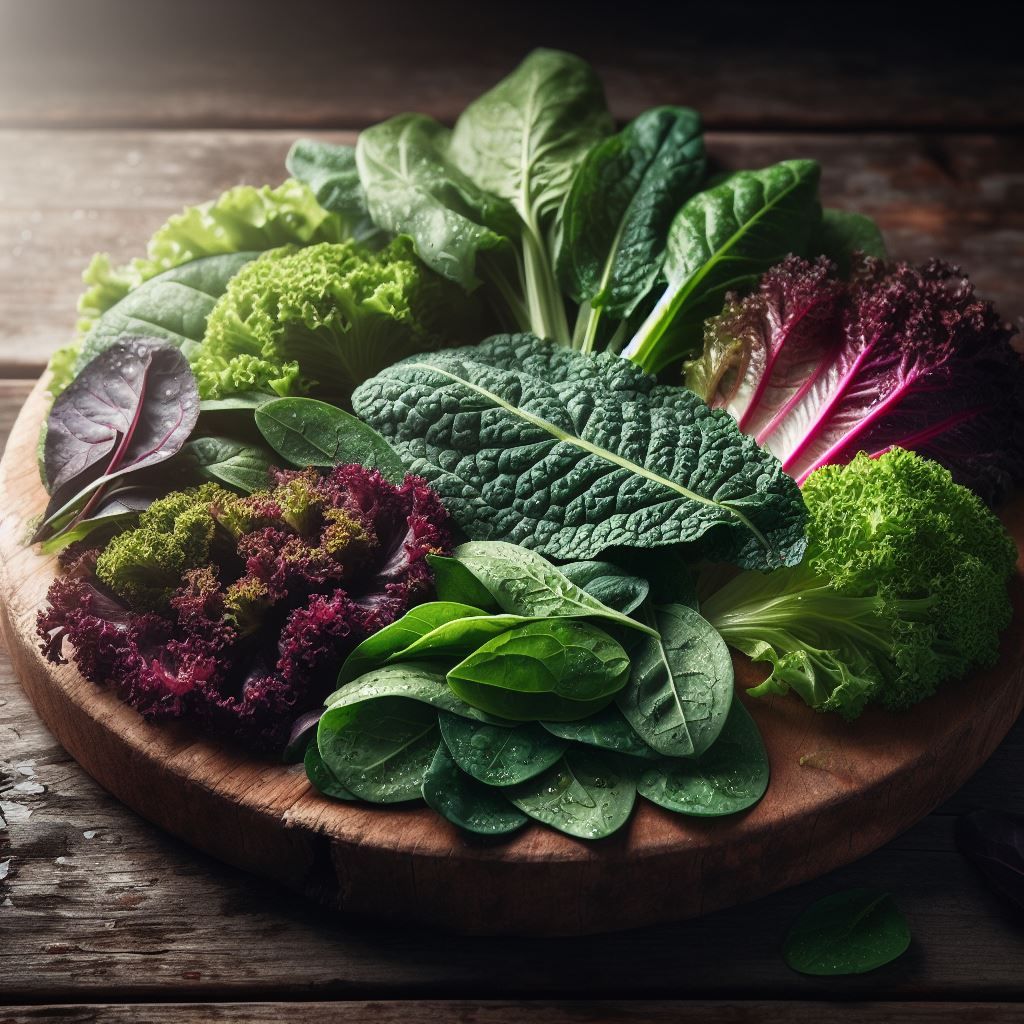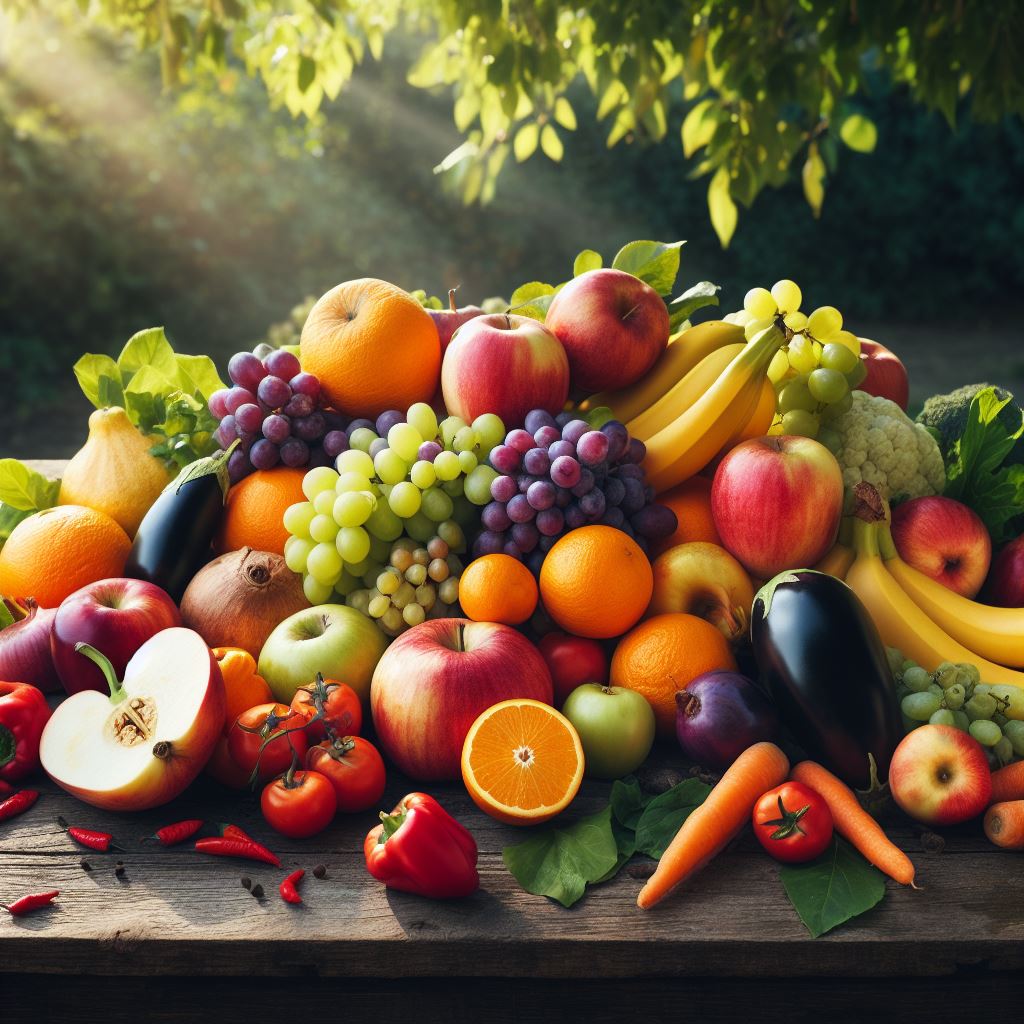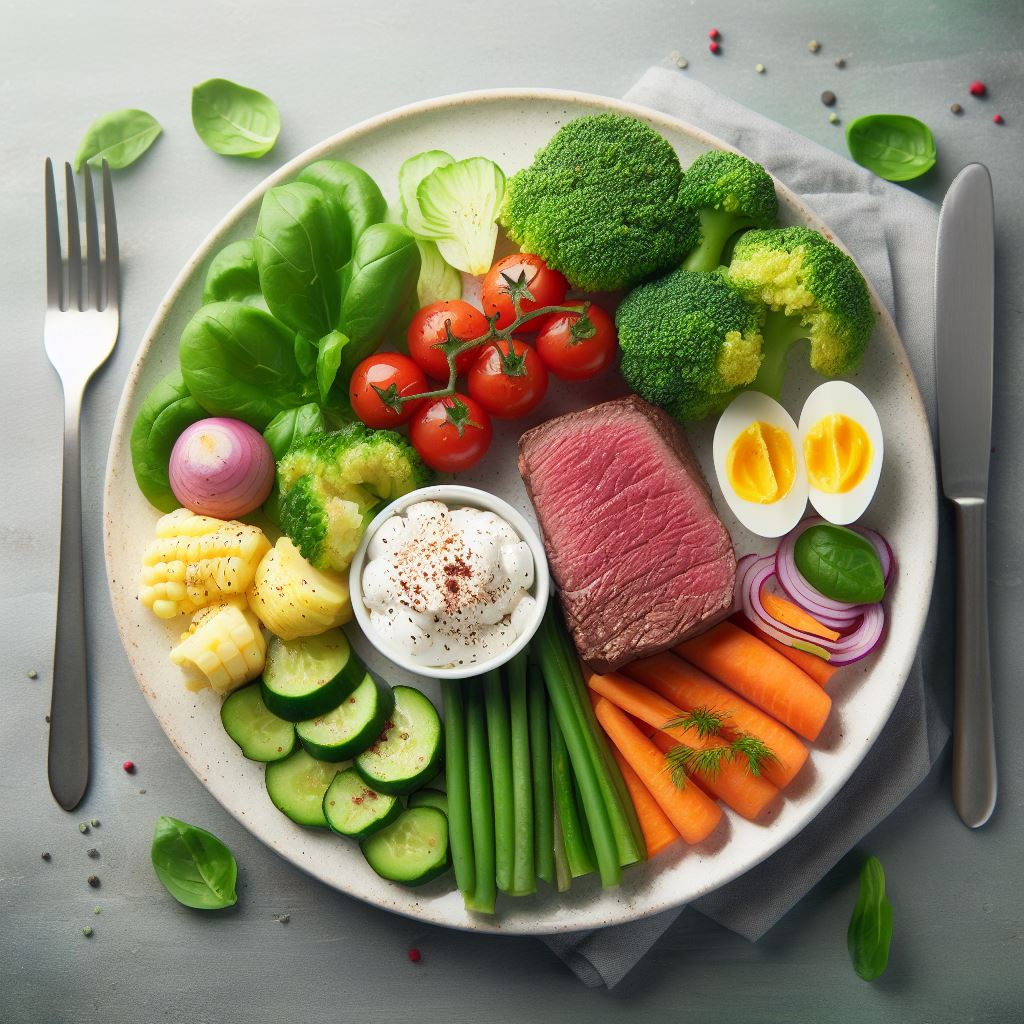What You Can Eat to Lose Weight: Understanding the Concept of Energy Balance
Dive headfirst into the riveting journey of weight loss, where the food you consume becomes your most valuable ally.
Forget the old notion of avoiding meals; in this golden era of nutritional knowledge, it’s about using food to shed those stubborn pounds.
This isn’t about slimming down through deprivation, but mastering the art of eating, understanding the meaningful relationship between nutrition and energy balance.
Leave behind the myths and confusions, placing faith in reliable, tested strategies.
Let’s dine our way to dropping weight, with the confident guidance of a competent leader. Get ready to lose, not just weight, but your old misconceptions about diets and food.
The Role of Energy Balance in Weight Loss
- Energy balance hinges on the interplay between caloric intake via food and drink, and caloric expenditure due to bodily functions and physical exertion.
- Excess calories morph into stored fat, while a caloric deficit prompts the body to burn this stored fat, causing weight loss.
- There are no magic foods that trigger or halt weight loss; it’s the caloric equilibrium that dictates weight fluctuations.
- However, some foods may facilitate attaining a caloric deficit by satiating hunger and supplying vital nutrients for optimal health.
The Importance of Nutritious Foods
Fuel your body smartly for weight loss and optimal health. High-fiber, protein-rich foods fill you up with fewer calories. Choose fresh fruits, crunchy vegetables, lean proteins, and whole grains. These whole, unprocessed foods shower your system with necessary vitamins and minerals.
Nourishment doesn’t merely mean consumption, it implies making intelligent choices. The real deal lies in selecting foods that serve a dual purpose – satiating your hunger pangs and contributing to your weight loss journey while enriching your body with essential nutrients.
So, embark on this journey of smart eating. Remember, the key to overall health is not just eating, but eating right.
Mindful Eating
Nutritious food choices coupled with mindful eating foster weight loss. Mindful eating not only tunes you into your body’s hunger and satiety signals, but also heightens your awareness of emotional triggers that spur overeating. Increased self-awareness empowers you to make judicious food choices and curb overeating. Mindful eating unleashes the potential to achieve weight loss goals and maintain a healthy relationship with food.
Lean Protein Sources

Lean protein sources – eggs, fish, chicken breast, and select lean meats – hold the key to weight loss. They satisfy hunger, reducing the urge to snack or overeat.
A study in the American Journal of Clinical Nutrition adds weight to this claim, associating high-protein diets with diminished hunger and a heightened sense of fullness.
Eggs, packed with protein, serve as an exemplar. They offer essential amino acids for muscle repair and maintenance, sparking an uptick in metabolism.
Fish, especially fatty types like salmon, balance a rich protein content with a wealth of omega-3 fatty acids. These acids counter inflammation, regulate blood sugar levels, and foster weight loss.
Chicken breast, a lean protein staple, aids muscle recovery post-workout, revving up metabolism. Lean meats such as turkey, brandishing a high protein-to-fat ratio, bolster weight loss through fat burning and muscle growth stimulation.
Fiber-Rich Foods

Redefine your diet with fiber-laden foods. They turbocharge your weight loss journey. The kaleidoscope of such foods includes leafy greens, cruciferous delights, and robust root vegetables.
Feast on leafy greens such as spinach and kale. They showcase a high fiber content while remaining low-calorie and carbohydrate-light. Embrace them to satiate hunger without guilt.
Savor cruciferous vegetables like broccoli, cauliflower, and Brussels sprouts. Packed with fiber and protein, they offer a unique nutritional profile among vegetables. Unleash their power for efficacious weight management.
Relish root vegetables like potatoes, sweet potatoes, and carrots. Their heartiness comes with a high fiber quotient and a surge of resistant starch, especially when cooled. According to Nutrition & Metabolism, resistant starch fires up fat oxidation and accelerates fat loss.
Elevate your dietary game. Harness the might of fiber-rich foods. Unleash a smarter, leaner you.
Fruits and Vegetables

Revamping your diet to feature fruits and vegetables can supercharge your weight management journey. Stars of the show include berries, citrus fruits, tomatoes, and carrots.
Berries charm your palate with their sweet flavors while smuggling in fiber and antioxidants. Evidence in the Nutrition Research journal corroborates this, associating berry consumption with successful weight control.
Next up, citrus fruits. The vitamin C and fiber-rich oranges and grapefruits not only satiate hunger but also streamline digestion. The Journal of the American College of Nutrition even suggests that regular grapefruit consumption might expedite weight loss.
Tomatoes, brimming with water and fiber, yet light on calories, offer satisfying bites. Research in Molecular Nutrition & Food Research implies that feasting on tomatoes might fend off obesity.
Lastly, the humble carrot, a fiber-fortified veggie with minimal calories, regulates hunger and stabilizes blood sugar levels, foiling overeating attempts. The American Journal of Clinical Nutrition unveils a potential bond between eating carotenoid-laden veggies, such as carrots, and flaunting lower body fat percentages.
Embracing Moderation and Portion Control

Attaining dietary balance hinges on two pillars: moderation and portion discipline. It’s not merely our food choices, but the volume we ingest. Overfeeding, even on nutritious foods, disrupts our caloric harmony, fostering weight gain.
Distinguish serving sizes. Three ounces of lean protein mirrors a deck of cards in size. A half-cup cooked rice or pasta, resembling a compact fist, corresponds to a whole grain serving. For fruits and vegetables, equate a single serving to one fruit piece or one cup of leafy greens.
Invest in minimalistic tableware. Research reveals that expansive dishes coax us into serving and thus consuming more food, escalating our caloric intake.
Indulge in your beloved delicacies sparingly. Complete deprivation triggers cravings and binge eating episodes. If chocolate entices you, nibble a tiny piece post-dinner. Pasta fan? Schedule it as a weekly delight, offsetting the meal with lean proteins and an abundance of vegetables.
It’s about strategic choices, not self-denial. Curb mindless snacking, prioritize nutrient-rich foods, and embrace intentional eating. This balanced approach ensures fulfillment without deprivation, fostering a healthier rapport with food.
Crucially, optimal weight loss foods enhance your overall well-being, not just cut calories. While high-protein, fiber-abundant, nutrient-dense foods are indispensable, moderation and portion discipline stand equally vital. Strive for a balanced, mindful eating routine, benefiting you in the long term.
Q&A
Q: The calorie count for weight loss, how does one decode it? A: The calorie conundrum, daunting, isn’t it? Slice it down, and it’s quite straightforward. To shed those pounds, burn more than you gobble up. The magic number? Tends to shift around based on your age, sex, and activity level. But as a rule of thumb, axing 500 to 1,000 calories per day paves the path to a safe weight loss of 1 to 2 pounds per week. And here’s a twist – it’s not just about counting calories, but counting on the right ones. Quality trumps quantity, savvy?
Q: Any food items that weight loss warriors should dodge? Why so? A: There’s no food that’s intrinsically “nefarious.” However, some culprits can sabotage your weight loss journey. Processed foods, sugary drinks, deep-fried mischief – they’re chock full of empty calories. They’re the charismatic villains of the food world – enticing, but hazardous for the long haul.
Q: How does one ensure the weight stays off post the loss? A: Here’s the elephant in the room – maintaining the loss. The secret? Habits, nothing more. Regular physical activity, balanced nutrition, ample sleep, and stress regulation. It’s a lifestyle revamp, not a fleeting phase. And remember, relish every triumph along the way, no matter how minuscule!
Q: Any health concerns with high-protein diets or other methods recommended here? A: The high-protein hullabaloo, right? Protein can satiate, no doubt. But going overboard? Risky business. It could strain your kidneys, cause nutrient deficiencies if you ignore other food groups. Diversity is the zest of life…and dietary choices!
Q: How does one incorporate exercise into the weight loss strategy? What workouts work best? A: Exercise, the weight loss elixir. The equation remains unchanged – burn more, consume less. Cardio exercises like running, cycling, swimming – they’re all marvelous. But don’t overlook strength training and its metabolism-boosting magic. Mix it up to keep the excitement alive!
Q: Can you lay out some sample meal plans or diets for weight loss beginners? A: Ready to dive in? Great! Balance is the watchword. Lean proteins, whole grains, fruits, veggies, healthy fats – they’re your allies. Consider oatmeal with berries and nuts for breakfast, a grilled chicken salad for lunch, and salmon with quinoa and steamed veggies for dinner. Snack on almonds or fruit. But remember, these are just suggestions – make it your own!
Q: What hurdles might I encounter on a weight loss journey, and how do I conquer them? A: Every journey has its share of potholes. With weight loss, common roadblocks include plateaus, temptation to slip back into old habits, and dwindling motivation. The mantra? Stay focused, patient, and maintain that positive outlook. Progress trumps perfection, every time!
Q: Do personal factors like age, gender influence weight loss strategies and food choices? A: Unquestionably! Age, gender, genetics, lifestyle – they all shape our weight loss narratives. As we age, metabolism dials down. Women may find shedding weight tougher due to hormonal shifts. Hence, tailor your strategy to your unique circumstances. It’s not a cookie-cutter situation!
Q: Any advice for those with unique dietary needs like vegetarians or with food allergies? A: Certainly! Your dietary needs are unique, and there are heaps of adaptations available. For vegetarians, befriend protein-rich foods like lentils, tofu, quinoa. If you have food allergies, focus on the edibles you CAN consume. Get creative with replacements. Remember, variety fosters a balanced diet.
Disclaimer: This site offers educational snippets, not medical gospel. It doesn’t replace a doctor’s advice – always consult your physician for health queries or before you embark on a weight loss journey. Reading something here and acting on it, without professional advice? That’s on you, buddy.
Remember, health situations vary. What works for Tom may not for Harry. So, get personalized advice from a healthcare pro before doing anything drastic.
While we strive for perfection, we’re only human. No promises on the complete accuracy or timeliness of info here. If you spot a mistake, or act on our info and things go south – it’s not on us.
By surfing this site, you’re saying ‘yes’ to this disclaimer. So, read, learn, but remember to consult with your doc before turning life-altering decisions.
